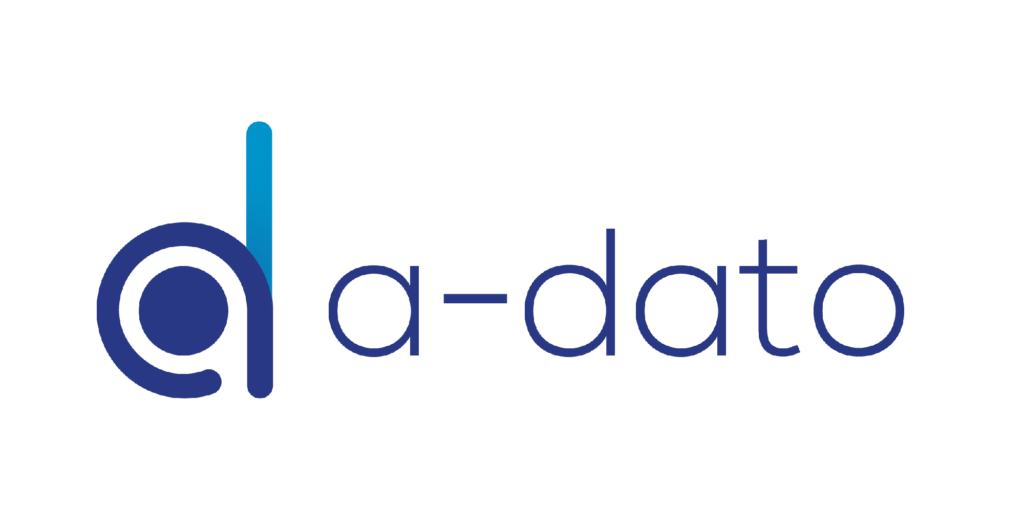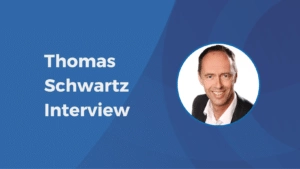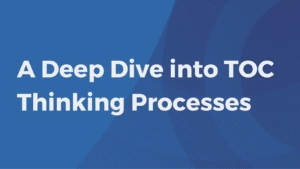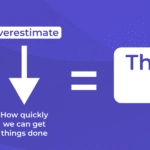In the dynamic landscape of project management and operational excellence, methodologies such as Critical Chain Project Management (CCPM) and Theory of Constraints (TOC) have emerged as transformative catalysts. We had the privilege of engaging in a dialogue with Brunello Menicucci, a seasoned professional with a rich spectrum of cross-industry experience. This conversation delves into the pragmatic applications and profound impact of CCPM and TOC on businesses.
A Journey of Learning and Growth
Brunello Menicucci’s journey spans over three decades, traversing diverse industries. “For 30 years I’ve been working in several industry markets, varying from software and hardware providers to IT retail, paper mills or office furniture, covering different roles with increasing responsibility,” says Brunello.
It was during the assessment of his training needs, at the inception of his consultancy practice, that Brunello encountered the essence of TOC and CCPM. “I learned about ToC pretty late in my professional journey: when I was fifty and decided to start my own consultancy practice, I learned about ToC while assessing my knowledge to determine any need for training. Since then, I have become a fan of ToC and tried to deeply understand all of its applications, including CCPM” reflects Brunello on his transformative encounter.
As a result, Brunello has been able to help clients reduce delivery lead times (15 to 20%), and inventory (20 to 40%) while increasing the turnover (5 to 25%).
Navigating Challenges with Theory of Constraints
In the realm of adopting CCPM and TOC, skepticism often arises due to their unconventional nature. Brunello addresses this challenge directly by guiding organizations to identify real problems, facilitating solution discovery, and embarking on pilot projects. “ToC is quite a counterintuitive methodology, therefore one the most common challenges I’ve found is the disbelief about the fact it can work. However, driving people in identifying the real problem, facilitating them to find a solution and use it in a ‘pilot’ is usually helping overcome the challenges.” emphasizes Brunello.
Customization for Industry Precision
While TOC provides a fundamental framework, Brunello emphasizes its success through customization.
According to Brunello, “ToC is a ‘general’ set of principles and tools, therefore each arrangement must be tailored to the specific needs of a business; this can be achieved by customizing the ‘solution’ by identifying strengths and weaknesses of a company, looking also at the specific(s) market they are in.”
Additionally, Brunello states the importance of collaboration and effective communication, saying “Collaboration is crucial to any project, and since communication is a pillar you have to master it. I think it all starts with commitment in order to have good collaboration, and you have to have good communication to keep momentum and people engaged”.
Tools for TOC and CCPM
According to Brunello, “implementing ToC is all about ‘common sense; and therefore it shouldn’t require particular tools”. However, Brunellos does have his preferences to manage projects. “LYNX is my tool of choice: it can manage multi-projects, it plays well with Agile, and most of all it fits perfectly with CCPM rules. In any case, approaching these methodologies with some help from an experienced consultant is beneficial in terms of understanding (doing the right thing) and reducing implementation time (doing things right).”
As the business landscape evolves at an unprecedented pace, sustainability hinges on adaptability. Brunello attributes this adaptability to an agile mindset, urging organizations to embrace change as the sole constant.
“Ensuring sustainable results and continuous improvements is just a matter of mindset. It’s important to help businesses to cascade that change is the only thing that won’t change.” underscores Brunello.
Harmonizing CCPM/TOC with Lean and Agile
Brunello Menicucci identifies the intrinsic alignment between CCPM/TOC, Lean, and Agile methodologies. Their harmonious integration is evident in enhancing efficiency and driving results, thereby propelling organizations toward holistic operational excellence.
“Lean is a holistic philosophy that looks at the businesses as a whole. In this sense is very similar to ToC. However, while Lean is taking care in particular of flow and eliminating any waste, ToC is looking at the overall processes related to the business scope (making money). That’s why they play very nice together: you can use ToC to identify any root problem in a process, and then leverage on Lean to strip out any waste. With regard to Agile, I see it again as a philosophy, aimed to streamline processes while focusing on individuals more than processes or tools. It plays nice with CCPM, where the use of some agile methodologies, like Kanban, can ease the way to plan, execute, and control a project” states Brunello.
Envisioning Transformed Horizons
Brunello Menicucci envisions a future where CCPM evolves into a more agile entity, seamlessly adapting to the ever-shifting business terrain. He hopes for CCPM’s recognition by influential bodies like the Project Management Institute (PMI), stating, “Today CCPM is just mentioned in their Knowledge Base and, in my opinion, its potential has not been fully grasped”.
The journey of Brunello Menicucci epitomizes the transformative prowess of CCPM and TOC. His profound insights and practical experiences underscore the capacity of these methodologies to revolutionize businesses, fostering holistic improvement and sustainable growth.















